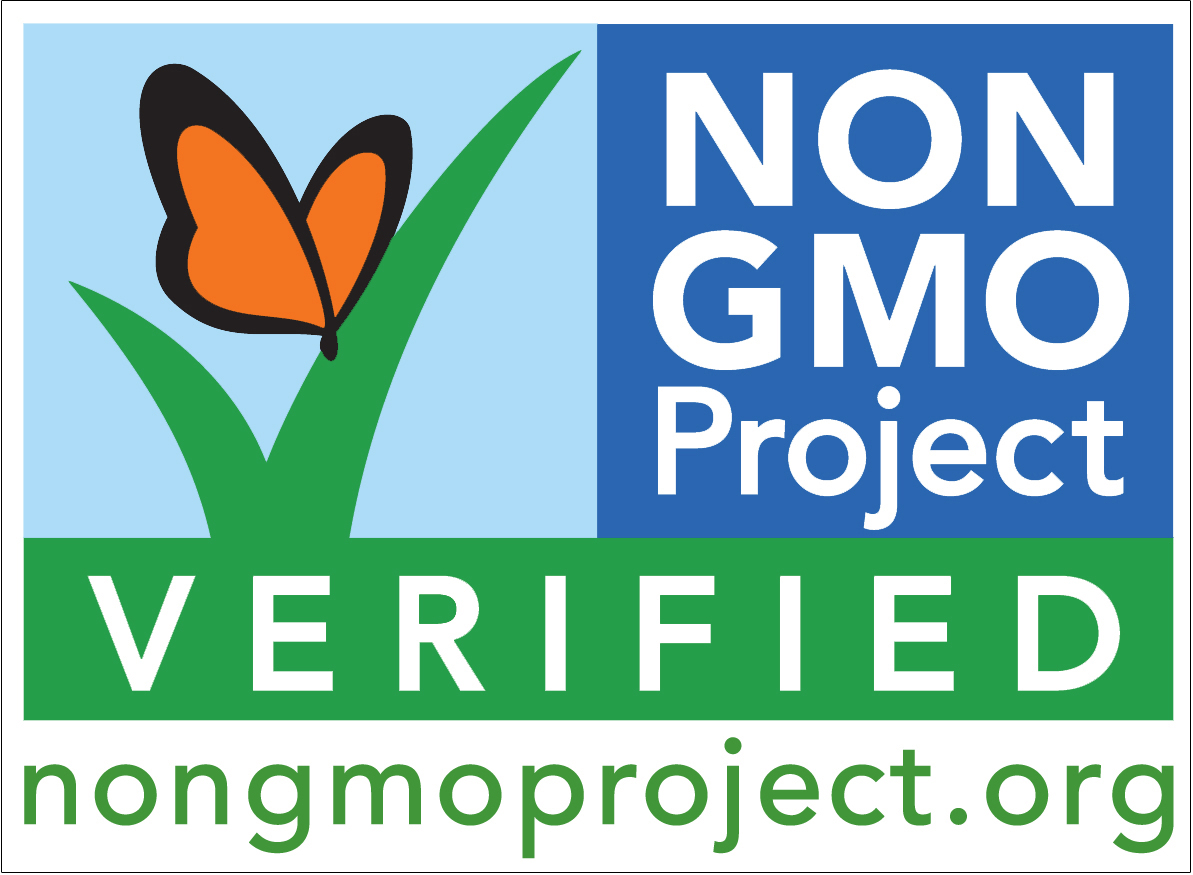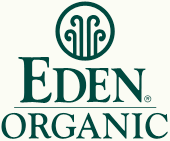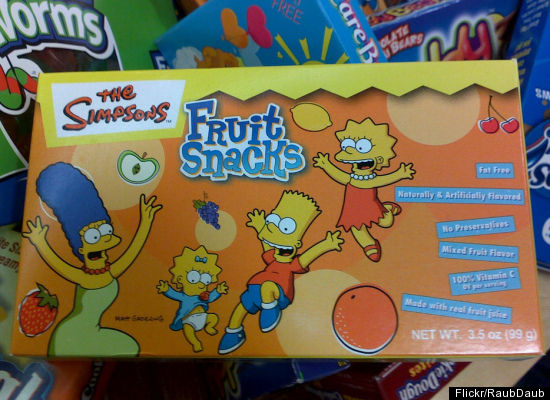Ok, this isn't food, but it's stil awesome! This is a gallon o' locally-made laundry soap from the South Austin People. They suggest one to two cap-fulls per load, so this should last a long time!
I have a Go Local card, so with a $20 purchase or more, I get a free bar of soap, so I indulged in my favorite: Sandalwood Vanilla.
This delightful swiss chard came from Blackland Prairie Farm, a family operation. I already had stocked up on greens when I got to their farmstand, but it was so beautiful and I quickly engaged in conversation with Mrs. Moore. I commented on her pretty flower arrangement and she said they were arugula flowers...then gave me one to eat on my salads! I indulged in this very tender chard and have been enjoying it greatly in my salads.
BEETS!
Collards for my attempt at Gomen, an Ethiopian dish.
Buying eggs from Milagro Farm is always a fun experience. Chris always has something interesting to say, and even the shy consumer who would prefer not to ask how the chickens are raised will no doubt hear all about it, voluntarily! Chris uses an egg-mobile to move the chickens around the pasture, which not only affords them fresh forage and insects, but also helps restore the grasses. Aka, I would call Chris a grass farmer. If you have no idea what I'm talking about, pick up a copy of Michael Pollan's The Omnivore's Dilemma.
I enjoyed buying this cabbage from John of Naegelin Farms. I met a lot of farmers for the first time downtown, since it's definitely the biggest farmers market in the city. I'm going to chop this up into eighths (wedges) and steam it with my mom's honey mustard chicken recipe! Naegelin Farms is a 300-acre, sustainable, family farm.
By the way, this cabbage IS HUUUGE. It's oblong and nearly a foot long...$2!
I had wanted to get a whole chicken for the aforementioned honey mustard chicken dish, but by the time I was done volunteering, there weren't no dern chickens left. I then figured I'd get some ground bison for stuffed peppers, but that was out, too. So I was very politely guilt-tripped into buying one of Thunder Heart Bison's many, many steaks :) I don't yet know what I'm going to do with it, but I'm excited to try a bison sirloin. Thunder Heart's bison are 100% grass-fed and pastured. Yay! They also earned the Animal Welfare Approved seal.
These beautiful carrots and baby arugula were purchased directly from Cas of Animal Farm. Check out their website! He was super fun to photograph.
Next up is some delicious kale from Simmons Family Farms. I actually went over there for eggs, but without seeing any signage like "pasture-raised" or "organic," I inquired about how their chickens were raised and what they ate. This kind of thing is sort of hard for me, because if I don't like what they say, I have to leave and they know why. On the other hand, I'm using my voice to hopefully affect change. Turns out the chickens eat conventional grain from the feed store as well as forage and insects. She said they do have a lot of time to roam around but do spend a fair amount of time inside. This is of course great, but not what I was looking for. So, I bought some kale instead, which is sustainably grown. It's less curly, and very tender!
I also got to catch up with my friend Katie, who now sells cheese at Dos Lunas. The cheese is made from raw milk from pastured, happy cows, and it's amazing! I bought the black pepper cheddar. I might just break off a few pieces in a minute here to snack on! Their cheese is also sold outside of the farmers markets and used in many local restaurants, which you can read about here.
So...here's what I walked away with!
I also spent a lot of time chatting with the family behind the Swede Farm! There are no pictures, because I was too busy trying all their goat cheeses! They had at least four different kinds of chevre, a feta, and even plain kefir! I think my favorite was the smoked chevre. They mentioned that they sometimes have chocolate goat milk and also yogurt! Sign me up! Here's a picture from their website.
Countryside Farm raises chickens but also provides game! I bought a hog shoulder from them a few months ago and it was beyond words, so, here are two pictures of it:
Here are some photos from the rest of the day.
This is an awesome, three-sided construction for compost, recycling, and landfill.


These kiddos enjoyed trying new things at the tasting booth!






















































